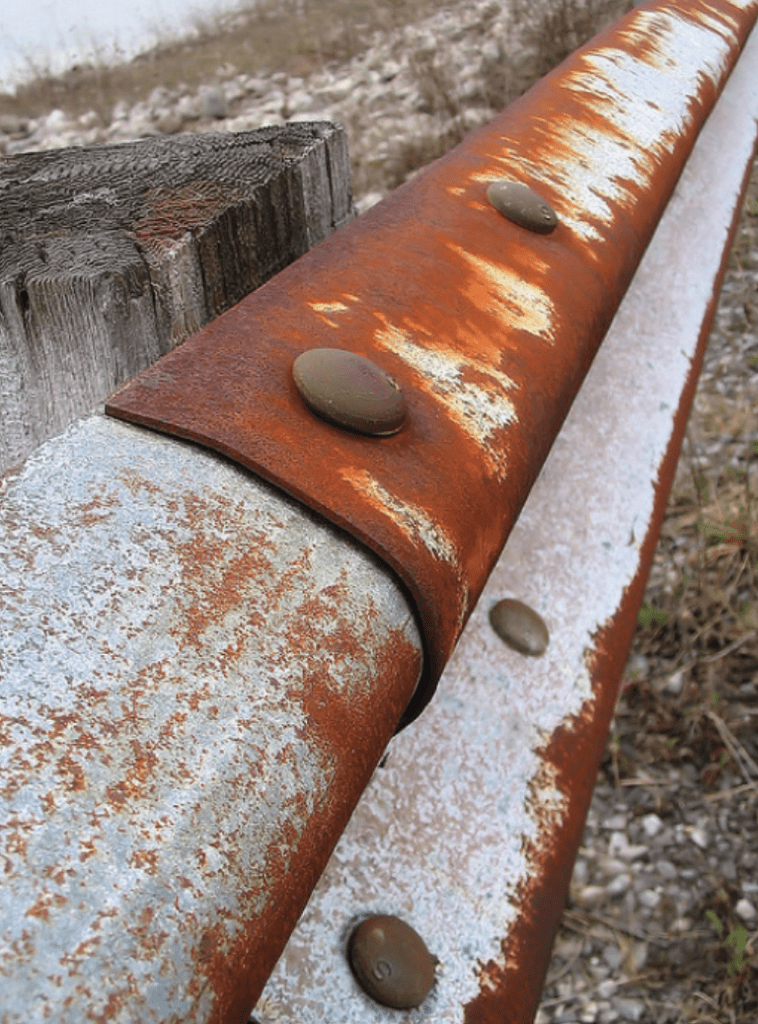10 Snow Fighting Costs You Might Be Missing
When evaluating snow fighting costs, if you are only counting what you pay for deicing material like road salt as the cost of winter snow fighting, you’re only counting a small fraction of the costs.
Deicing Material
Did you know that the actual deicing material you use on the roads is only 8% of the cost of annual snow-fighting? And the deicing material that is selected can significantly impact the direct and indirect costs that hit the annual budgets of public works departments.
Direct Snow Fighting Costs
12% of the winter snow fighting budget can be attributed to direct costs like:
- Labor
Snowplow drivers, laborers, and mechanics are just a few of the folks that will contribute to the annual snow-fighting efforts. What if your deicing material required fewer trips out to deliver even better ice melting? By applying Ice Slicer properly, plow drivers are able to service 40-100% more lane miles/truckload than with white salt. - Cleanup
When using sand, scoria, or cinders, it is necessary to come in after all the snow melts and the wet streets dry up to remove the excess sand and dirt. This can happen several times a season. Unless you’re using Ice Slicer, which often reduces and, in some cases, completely eliminates the need for post-winter cleanup. - Equipment purchase
The more you use a piece of equipment like a snowplow, salt spreader, street sweeper, etc. the faster it will wear out and need to be replaced. Ice Slicer works longer with less material than white salt – at all temperatures. The longevity is due to the different gradations in all-natural Ice Slicer. It works longer so less product is needed on the roads.
Less product = less applications = longer equipment life. - Equipment maintenance
The more you use a snowplow or other wintertime equipment, the more maintenance and repairs it will be required. If you could compare the miles traveled when using white salt, sand, cinders, or other methods, to the miles traveled with a snowplow distributing the correct amount of Ice Slicer, it will be clear very quickly that Ice Slicer requires fewer treatment cycles and performs better than road salt. - Fuel
Less treatment cycles = less fuel consumed. That’s pretty easy math. In a year where the prices are low, it’s not as much of a concern as when the prices are through the roof. A roads department cannot choose to NOT treat the roads, so their budget can vary quite a bit depending on the price of diesel. If using a better performing ice melt could impact not just the safety on the roads, but the road department budget by using less fuel, it’s worth the consideration.



Indirect Snow Fighting Costs
Then there are the indirect costs that you might not be considering that are actually 80% of snow fighting costs:
- Road repair
Due to the naturally occurring gradations of Ice Slicer, it can reduce the budget spent on road repairs as is it provides the traction needed with the all-natural granules. Not adding in sand will reduce the wear and tear on roads and highways. - Bridge/guardrail repair
Ice Slicer naturally contains less than half of the chlorides of white salt. With fewer chlorides in Ice Slicer, there is less corroding of equipment, bridges, guard rails, signs, and much more. The time and cost of replacing these items will extend the budget for other needed projects and repairs. - Disruption of vital services
When a heart attack patient is trying to get to a hospital or a state patrol officer is trying to assist with a wreck on the highway, the worse the roads are, the longer it will take them to get there. When it’s your loved one, you want them to be taken care of – quickly. The clearer the roads are – the faster they can receive help. - Accident claims / Insurance
Unfortunately, there are those that will sue when an accident happens, even if it’s an act of nature. A blizzard combined with freezing rain can be the catalyst for dozens of accidents and claims. It can tie up state, city, and county resources for years. Keeping winter roads safe for travel is one way to keep those costs down. - Environment
Ice Slicer can make a positive impact on the environment in two ways. It reduces the need for sand, cinders, and scoria. Using sand for traction in the winter can cause air pollution and sediment-loading – making a whole other set of issues come springtime. Ice Slicer creates natural traction, decreasing, and even eliminating the need for sand – especially in environmentally sensitive areas. Since Ice Slicer naturally contains half of the chlorides of standard road salt and less product is required to melt the ice on the roads, it is a more environmentally friendly option for areas that are more sensitive.
When you are reviewing your budget for the snow-fighting season, make sure you are reviewing the product cost, direct costs, and indirect costs. Using Ice Slicer will cost you more on the product line item, but it can save you money in many other ways. Contact your Desert Mountain Sales Representative to learn more about Ice Slicer and its benefits.
